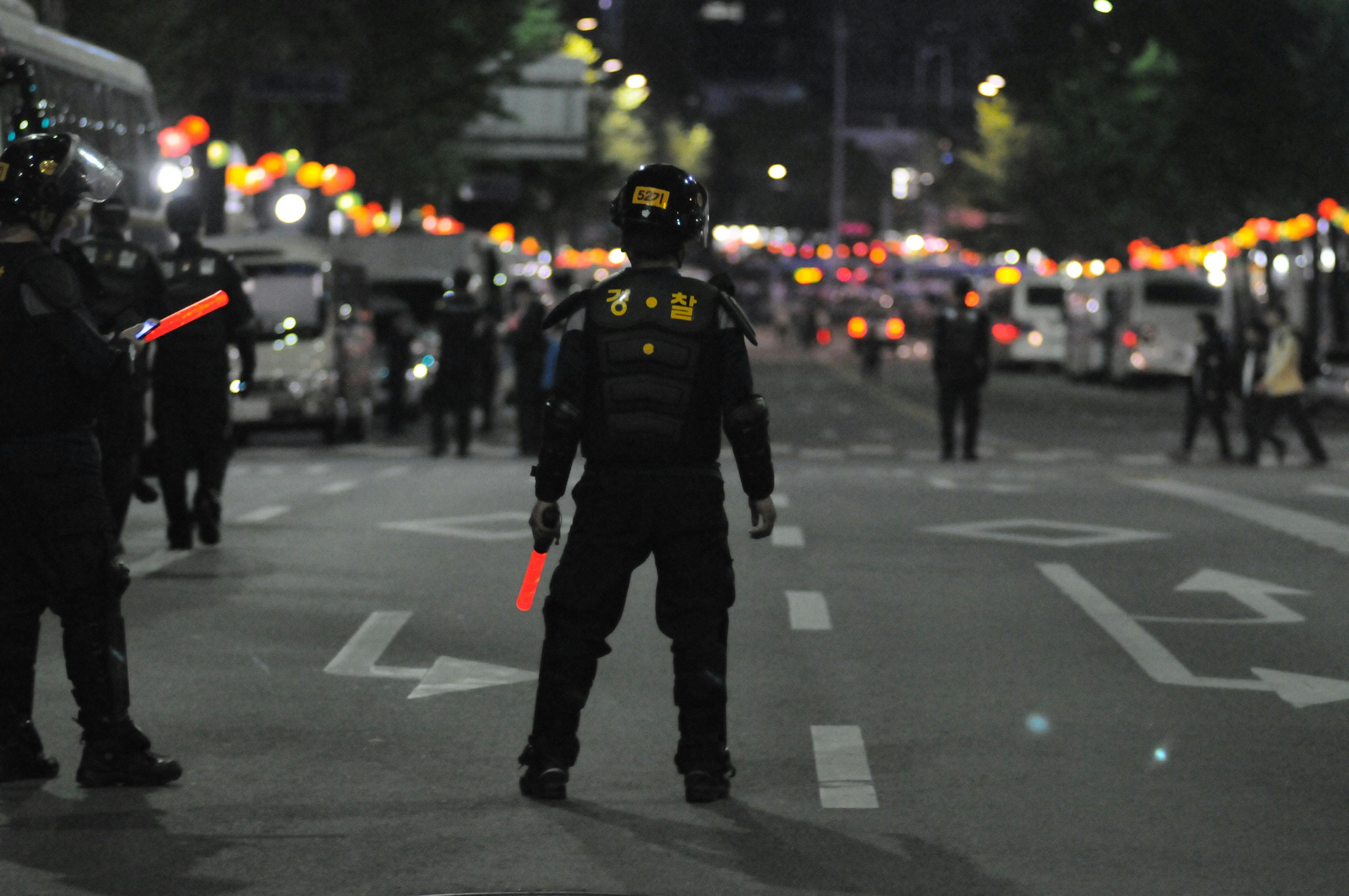Police Self Defense Training: What is the Best Martial Art for Law Enforcement Officers (LEO)?

It would appear that police officers would not need to seek martial arts training, considering the fact that they have their own police tactics programs. And yet many LEOs know that what they are learning as police tactics is only part of the training they need.
For many different reasons, law enforcement defensive tactics training is falling short in meeting the needs of today’s front-line officers, leading many to seek martial arts training programs. The question then is …
“What martial art is best for LEOs?
The truth is, while all martial arts have their strengths and weaknesses, a large part of this equation centers on the instructor teaching the particular system. And while many systems by themselves do not lend themselves well to training police officers, especially street cops, almost every style has something to offer.
I will talk about the “instructor factor” in another article. For now, I want to focus on what a particular style must be able to offer the competent and prepared LEO, if they want to be ready and able to deal with today’s suspects, perpetrators, and even the injured victim. a state of panic or confusion.
There are 2 main considerations LEOs should keep in mind when considering any type of training. Again, this article does not address the “instructor factor”, which would add a third consideration.
These two main considerations, when it comes to the “style” of martial art, include:
1) Responsibility and adherence to the doctrine of the use of force, and …
2) Strategic and tactical control of as many types of attack situations and scenarios as possible
The first consideration: the use of force and legal responsibility cannot be overlooked by today’s professional police officer. Because, even in the face of spitting and physically violent rioters, the LEO and their actions must withstand the most intense scrutiny, both from within and outside the department they work for.
In this regard, a police officer must be very careful not to fool himself into believing that he could get away with the brutality and techniques used in the sports field of MMA, or those suggested and favored by many of the ” harder forms of martial arts.
However, having said that; the police officer who is serious about the safety of himself, his associates, and the people he is trying to protect cannot afford to lean toward systems that are too passive, that take too long to “master” or those that leave gaps in training and do not face the necessary and usual scenarios that are addressed on a regular basis.
It is this “integrity” that puts the martial art of Ninjutsu ahead of the rest. And, while many people, including those who are training in the art today, believe that Ninjutsu, the armed and disarmed self-protection system of the ancient ninja families of Japan, is something similar to what is shown in the movies. , art is actually a very complete system. that can be tailored to any group that needs specific skills or operates in a specific field.
Again, this is not to suggest that no other system can be used to help an officer acquire certain street skills. But, if LEOs are looking for skills, techniques, strategies and tactics to …
1) Use psychological control techniques to alleviate a situation and prevent it from “turning physical”
2) Control, moderation and subjugation of violent individuals quickly and without effort.
3) Use and defense of the aggressor armed with a firearm
4) Defenses against attacks with sticks, as well as increased competition with a police baton.
5) Skills of teamwork and control and capture of a dangerous person.
6) Defend against a grappling attack, wrestling or tackling
7) Use pressure points to control the aggressive person
8) Unarmed defense against an assailant armed with a knife or other weapon
9) Multiple attacker defenses for situations where backup has not yet arrived
10) and others …
All this while maintaining a professional bearing and presence …
So Ninjutsu is the best option because it has all this to offer the professional police officer in the 21st century.